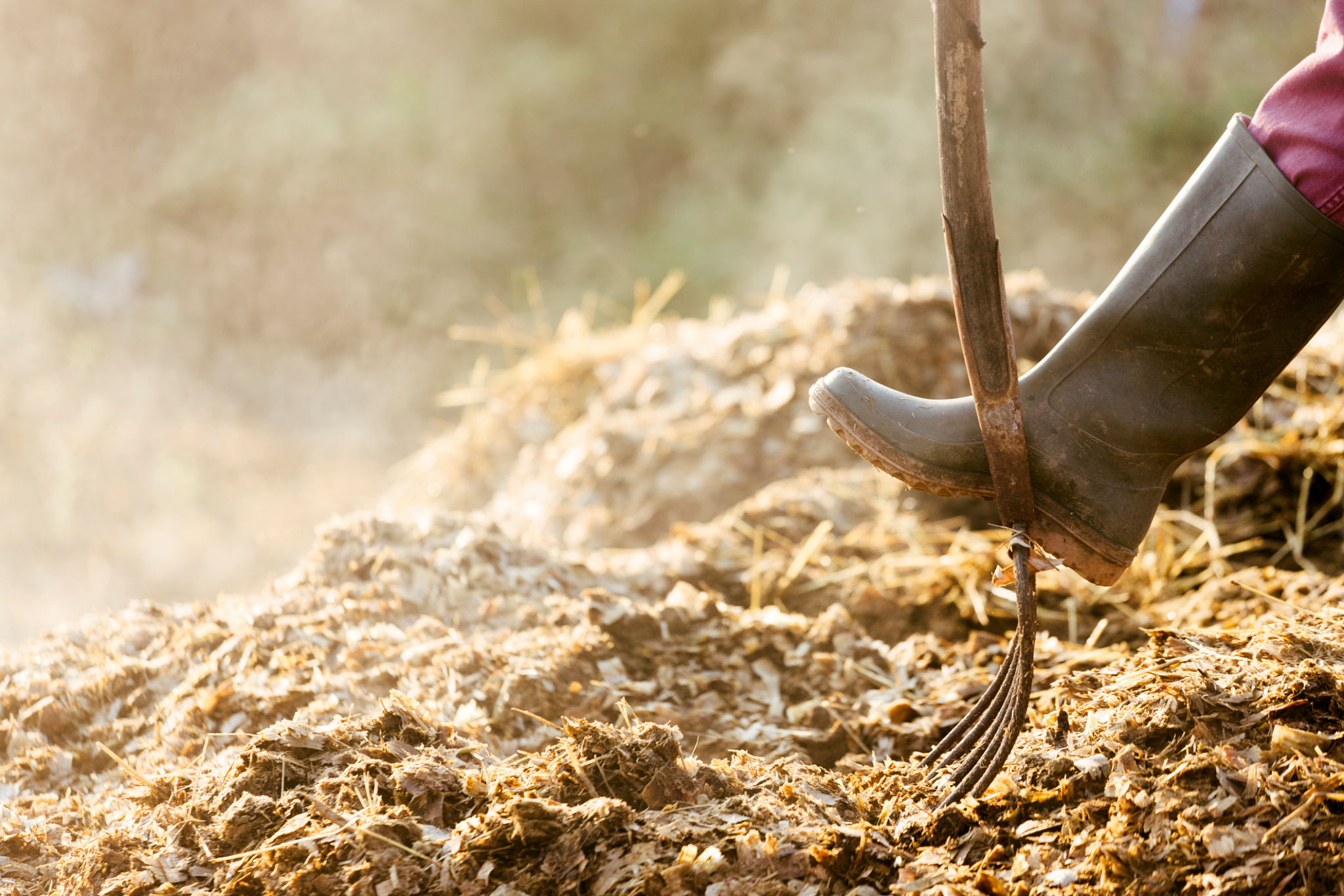Comprehensive Guide to Equine Waste Management Solutions
Understanding Equine Waste Management
Proper equine waste management is a crucial aspect of maintaining a healthy and sustainable environment in equestrian facilities. Whether you manage a small stable or a large horse farm, implementing effective waste management solutions can help reduce odors, prevent environmental contamination, and promote horse health. Understanding the basics of equine waste and its impact is the first step to developing a comprehensive management plan.

Types of Equine Waste
Equine waste primarily consists of manure, bedding materials, and wastewater. Each type has unique characteristics and requires specific handling procedures. Manure, rich in nutrients like nitrogen and phosphorus, can be beneficial if properly managed. Bedding materials, often composed of straw or shavings, absorb moisture and need regular replacement. Wastewater, often from cleaning processes, can contain contaminants that require careful disposal.
Benefits of Effective Waste Management
Implementing efficient equine waste management solutions offers numerous benefits. Not only does it help maintain a cleaner and more pleasant environment for both horses and people, but it also contributes to environmental sustainability. Properly managed waste can be repurposed as fertilizer, reducing reliance on chemical alternatives. Moreover, keeping waste under control minimizes the risk of water pollution and helps ensure compliance with local regulations.

Techniques for Managing Equine Waste
There are several techniques to manage equine waste effectively. Composting is a popular method that transforms manure and bedding into nutrient-rich compost. This process involves controlled decomposition, which can take several months but results in valuable organic material. Another method is manure spreading, which involves applying aged manure to fields as a natural fertilizer.
Choosing Suitable Bedding Materials
The choice of bedding material plays a significant role in waste management. Common options include straw, wood shavings, and peat moss. Each has its pros and cons, with factors such as absorbency, cost, and availability influencing the decision. Selecting the right bedding not only enhances horse comfort but also simplifies waste handling by improving absorption and reducing odor.

Wastewater Management Strategies
Managing wastewater is equally important in equine facilities. Effective strategies include installing drainage systems that direct runoff away from water sources and using environmentally friendly cleaning agents. Creating designated wash areas with proper filtration can prevent contaminants from entering the water supply, safeguarding the environment and ensuring compliance with regulations.
Regulatory Compliance and Best Practices
Compliance with local and national regulations is essential in equine waste management. Familiarize yourself with guidelines regarding waste storage, disposal, and treatment to avoid potential fines or penalties. Best practices include regular monitoring of waste management systems, maintaining accurate records, and staying updated on new technologies and methods that can enhance efficiency.
Innovations in Equine Waste Management
Advancements in technology have introduced innovative solutions for equine waste management. Systems like anaerobic digesters convert waste into biogas, providing an alternative energy source. Automated cleaning equipment can streamline processes, reducing labor costs and improving efficiency. Staying informed about these innovations can help facilities adopt more sustainable practices.
Conclusion
Comprehensive equine waste management is essential for maintaining a healthy environment in horse facilities. By understanding the types of waste generated, implementing effective management techniques, and staying compliant with regulations, you can create a sustainable system that benefits both your horses and the surrounding ecosystem. As technology advances, continue exploring new solutions to further enhance your waste management practices.
